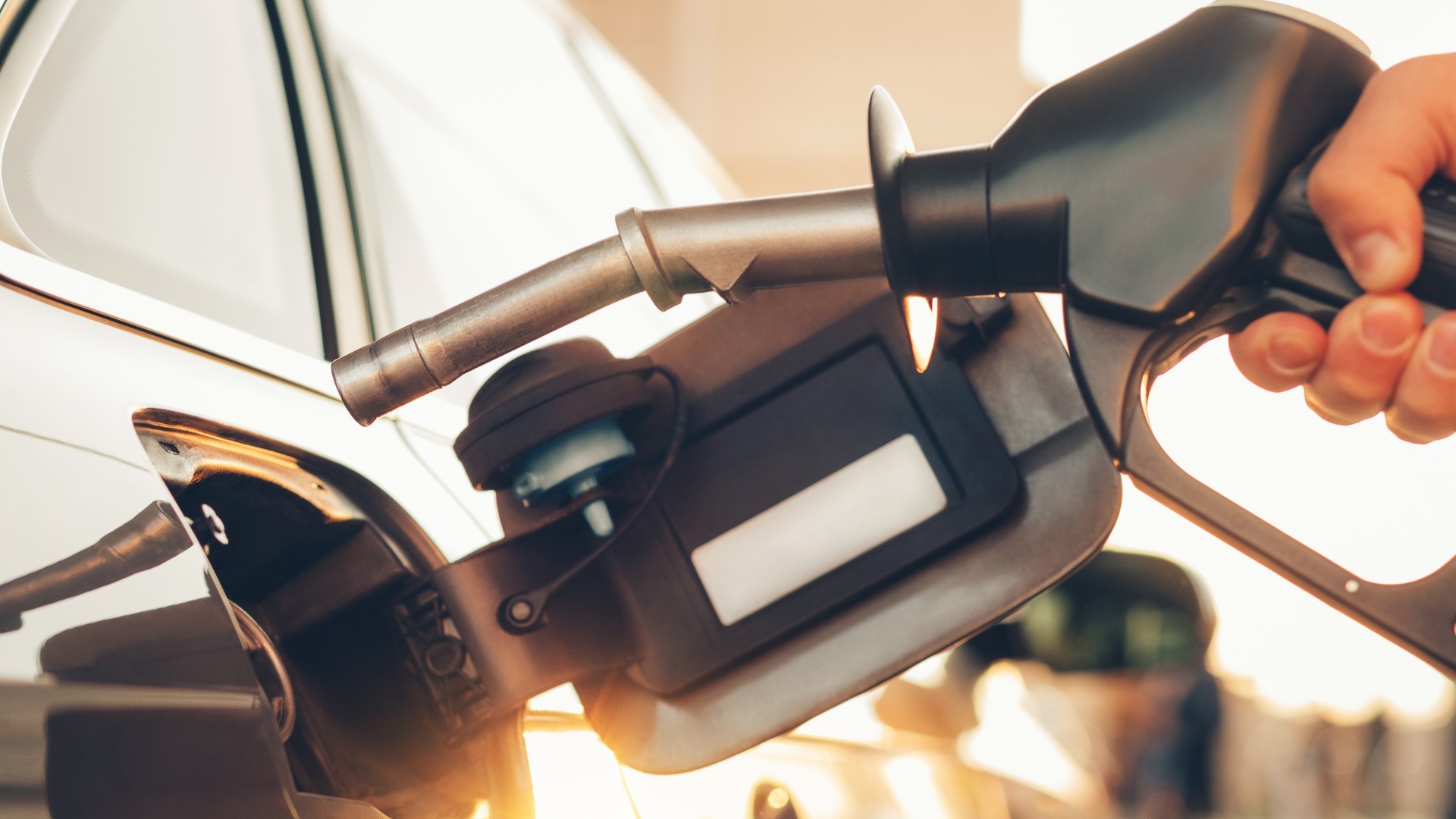MINNEAPOLIS — It was fitting that President Joe Biden traveled all the way to Iowa in order to make an announcement about expanded E15 gasoline sales on Tuesday, as the impact of the move won't be felt all that much outside of the Midwest.
"It will have a small impact," said Alfred Marcus, a professor at the University of Minnesota Carlson School of Management, who has spent decades studying gas prices and the global oil market. "It's probably a step in the right direction given the circumstances we currently face."
E15 typically isn't available from June 1 to Sept. 15 because of concerns about increased smog during summer months, but the EPA now plans to waive that ban, saying it is not likely to have significant on-the-ground air quality impacts.
Nearly all gasoline is already required to contain at least 10% ethanol, but the EPA plans to study the impact of the added 5% blend.
On average, Marcus says E15 saves about 10 cents a gallon. The only problem? Not many drivers across the country have access to it.
E15, also known as 88 octane, requires special pumps and equipment meaning that right now, only about 2% of U.S. gas stations offer it. In Minnesota, it jumps all the way to 20%, thanks to a nation-leading 410 stations offering E15 — and counting.
"To me it's a win-win for Minnesota, and Minnesota farmers as well," said Minnesota's Commissioner of Agriculture Thom Petersen.
Petersen says state incentives have helped gas stations add E15 pumps in recent years, and he says at least 70 more stations have applied for a grant program approved by the legislature last year. He says the timing couldn't be better.
"Historically, when gas prices go up like they are now, our E15 and E85 sales grow substantially," Petersen said. "Minnesota saw an almost 20% increase in E15 sales in 2021 and we're continuing to see that growth here in 2022."
Petersen believes even more stations would embrace E15 if President Biden would make the summer sales permanent, and he believes that new studies into its environmental impact could help make that happen.
"Ethanol today is not ethanol 20 years ago," Petersen said. "Our ethanol plants have greatly improved their carbon footprint, their water usage. Farmers are going back and creating better practices, which is no-till and cover-cropping. To me, biofuels are going to continue to improve as we go forward."
But for now, if you have a car that was built this century — 2001 or newer — you can at least look forward to filling up with a slightly cheaper option come June.
"I think the summer really will be the test," Marcus said. "This is an action directed at the summer because people are going to be driving more."
About 40% of U.S. corn is already used for ethanol production, so professor Marcus says adding summer E15 sales could end up putting more upward pressure on food prices. Although, he says, the impact is likely to be minor — especially if transportation costs ease.
Ethanol production also produces a low cost feed for livestock, and Commissioner Petersen says that can help offset higher corn prices.
Watch more Breaking The News:
Watch all of the latest stories from Breaking The News in our YouTube playlist:

